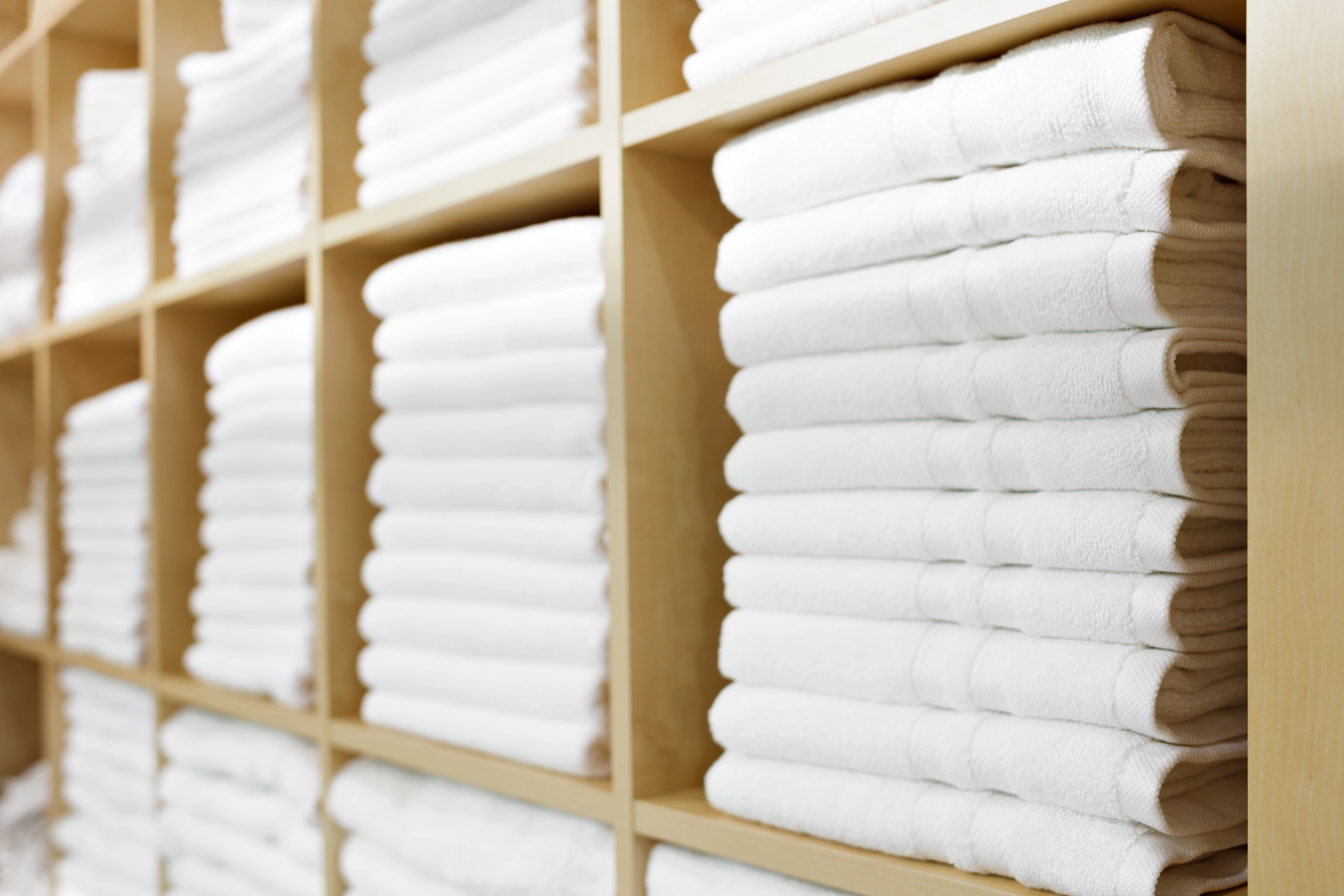What is ozone and what benefits can it bring to your laundry?

If you’ve ever walked into a hotel laundry that smells crisp and clean (without the chemical bite), there’s a good chance they’re using ozone. Ozone laundry systems are common in hospitals, hotels, gyms, and restoration work because they can clean, disinfect, and cut utility costs—often with colder water and less detergent. The clean smell they bring is even making them popular in laundromats.
Why switch to ozone
– Sanitizes quickly: Ozone (O3) is a powerful oxidizer that inactivates bacteria, viruses, and mold, helping meet healthcare-grade hygiene targets without heavy chlorine dosing.
– Cold-water clean: It works effectively in cold water and can reduce hot-water use and energy consumption—often by 20 to 40 percent for water heating.
– Less chemistry, softer feel: You can typically reduce detergent and bleaching agents, which is gentler on fabrics, keeps colors bright, and lowers chemical discharge to sewer.
– Odor removal: Ozone oxidizes odor-causing compounds at the source, useful for athletic gear, smoke, and bio-load linens.
– Faster turnaround: Lower surface tension improves rinsing, which can shorten cycle times and even reduce drying time.
How it works (in plain steps)
1) Generate ozone on-site: A small unit uses electricity to convert oxygen (O2) into ozone (O3) via corona discharge or UV.
2) Dissolve it in water: The system pulls ozone gas into the incoming water using a venturi injector or contact tank, creating ozonated cold water.
3) Contact in the wash: As the drum turns, dissolved ozone hits soils and microbes. Ozone breaks cell walls and oxidizes organic soils, boosting the action of mild detergents.
4) Rinse and revert: Ozone naturally decays back to oxygen. By the time linens are rinsed, residual ozone is minimal—no added fragrances or residues.
5) Safe exhaust: Any off-gas passes through a destruct unit; good systems also monitor ambient levels.
What to know before you adopt
– Sizing and control matter: The generator must match your washer capacity. Look for systems with ORP or dissolved-ozone monitoring and interlocks.
– Fabric care: Proper dosing is gentle; excessive ozone can fade certain dyes or age natural rubber/elastic over time. Follow vendor recipes.
– Water quality: Very high iron, manganese, or organic load can consume ozone. Pretreatment may be needed.
– Safety: Ozone is safe in water but irritating to breathe. Use systems with off-gas destruct, ventilation, and follow OSHA exposure limits.
– Maintenance: Keep injectors, filters, and check valves clean; verify ozone levels periodically.
Where it shines
– Healthcare and hospitality linens needing reliable disinfection
– Athletic, spa, and gym towels with persistent odors
– Fire/smoke, sewage, or mold restoration loads
Bottom line
Ozone lets you wash cleaner, cooler, and greener by pairing a strong, short-lived oxidizer with smart dosing. Executed properly, it can raise hygiene, protect textiles, and lower utility and chemical costs.
